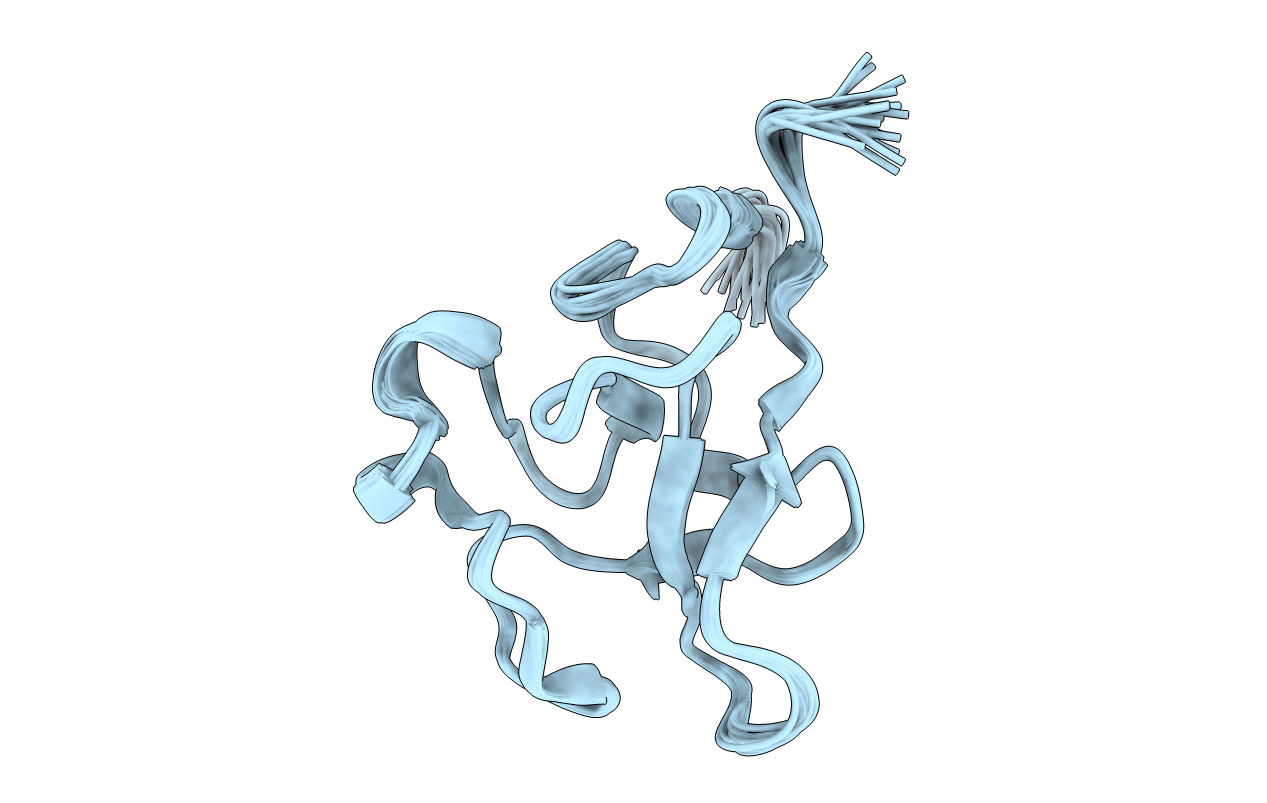
Deposition Date
2010-07-15
Release Date
2010-08-04
Last Version Date
2024-11-06
Method Details:
Experimental Method:
Conformers Calculated:
50
Conformers Submitted:
20
Selection Criteria:
structures with the lowest energy


